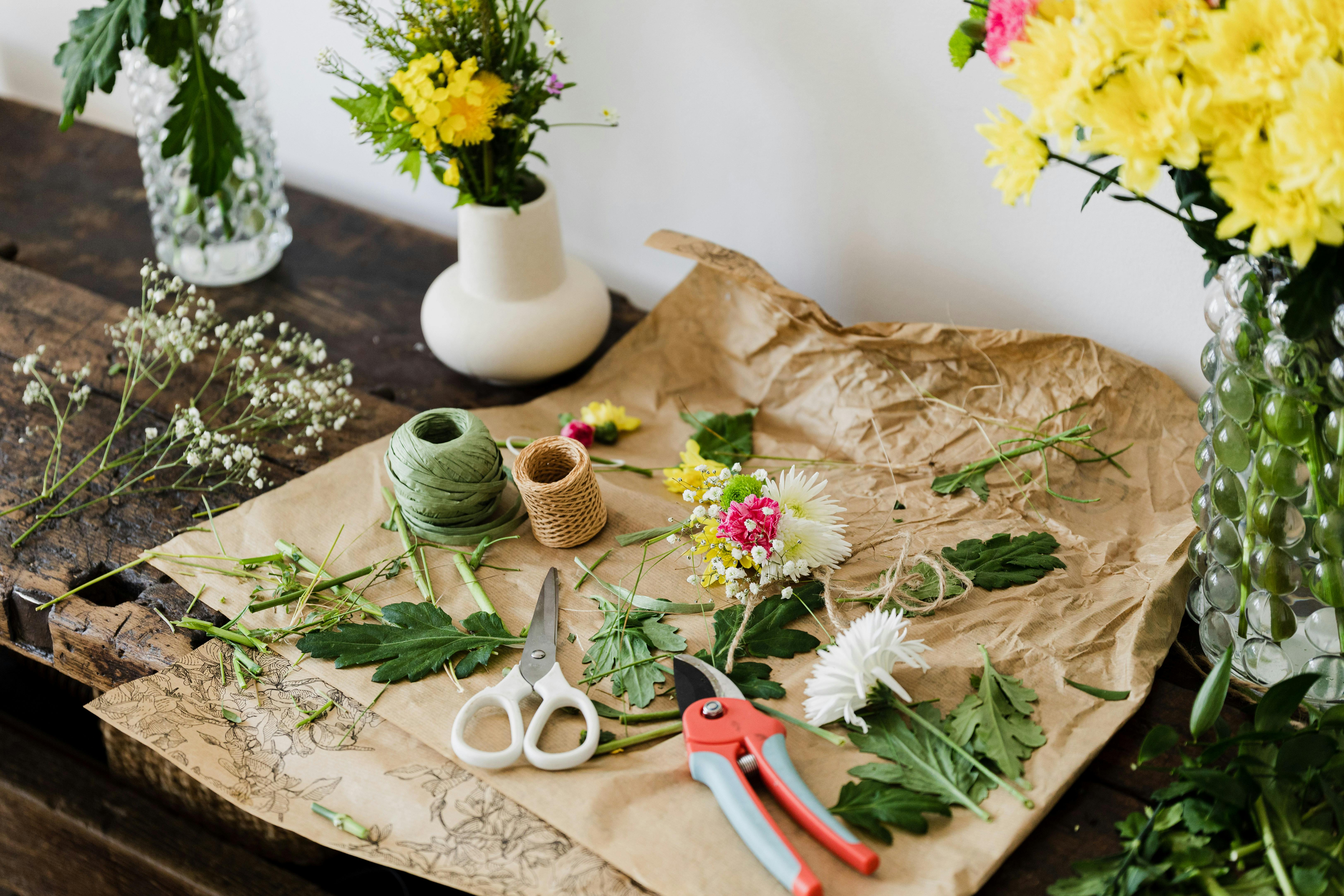Peg Block Replacement Overview – How To Restore A Piano Peg Block

A piano’s pin block is one of its most essential components and directly affects the tuning stability and playability of the instrument. A block that is not holding the proper torque on the pin may need to be replaced. The causes of a “weak” lock are due to several factors including the amount of use, age and weather, and the level of humidity the piano has been exposed to.
Most peg block replacements are done on small grand pianos. Upright (upright) pianos and square grand pianos are much more difficult to replace due to the location of the block and the way it is fitted into the case. Certain makes or models of grand pianos can also be difficult to replace, many German made pianos such as Bechstein have a deeply angled plate deck that will take more time and skill to complete.
To replace a peg block, all dampers, strings, and pegs must be removed. The plate should then be lifted, careful measurements of the plate location should be taken before removing the screws, also make sure to keep all the screws in order so that they can be put back in the original location. On some large models, such as Steinway and Mason Hamlin, the block is fastened with studs or screws to the case, on other styles, such as some older Chickering grand pianos, the block is only fastened to the plate.
Depending on the size of the grand piano, removing the plate may require a crane or the help of at least 2 other people. Be sure to remove the lid support and support blocks from the music desk so the plate will clear the box. Remember that the platter is the heaviest component of the piano, made of cast iron. Be especially careful not to drop it, as it will crack and is almost impossible to repair.
Once the old peg block is removed, you can begin the process of duplicating a new block. The new block will need to be carefully cut and shaped to fit snugly against the angled edge of the frame and firmly against the face of the bottom of the cymbal for good tuning stability. Large cuts are usually made with a band saw and then smaller hand tools such as shapers and chisels are used to ensure a snug fit. Once the block has been placed on the plate and piano case and the plate screw holes have been drilled, the process of drilling the pin holes can begin.